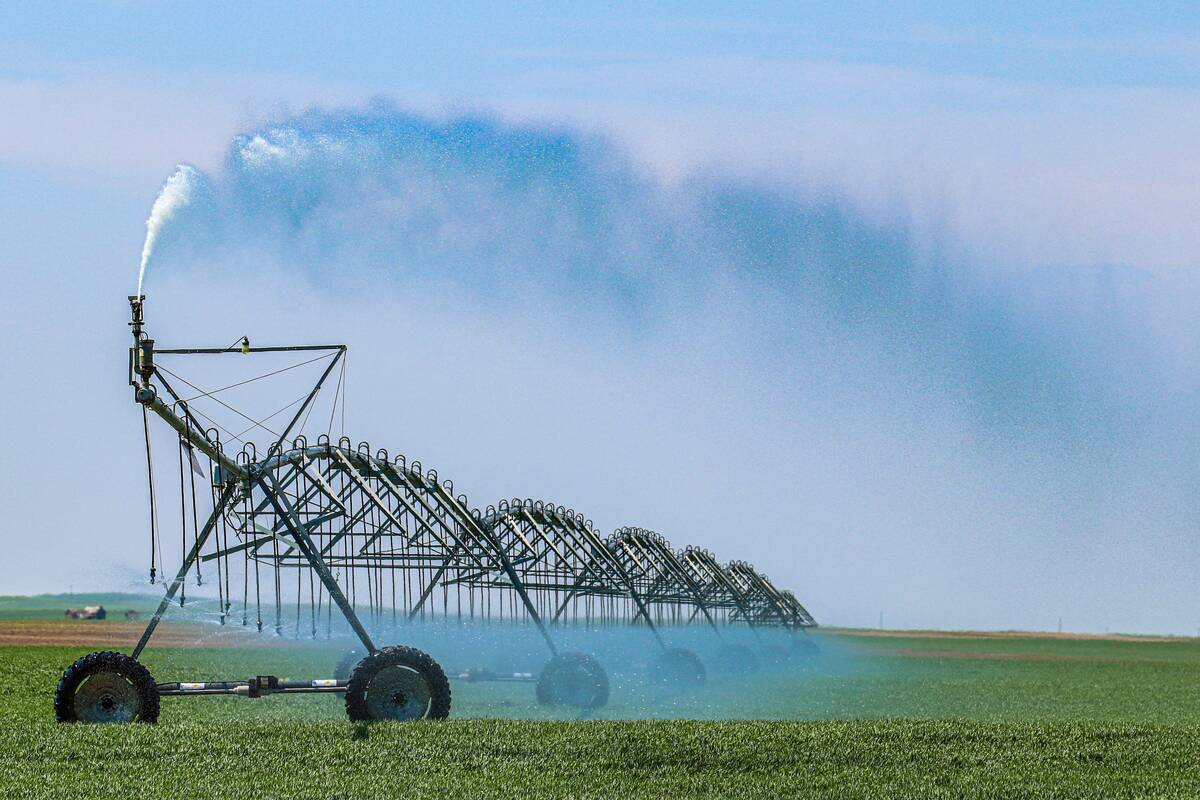OUTLOOK, Sask. (Staff) – Failures of past rural child-care efforts have kindled caution in those involved in a similar project in this west-central Saskatchewan town.
In the past five years, both Alberta and Manitoba have tried to set up child-care systems geared to the needs of rural and farm families.
“None of them have enjoyed any extended success …,” said Janet Hainstock, the Outlook project co-ordinator.
But she and project chair Marina Matlock are both aware that the nature of rural needs – seasonal, part time, evenings and weekends, and distance from a farm to a child-care centre in the nearest town – make an affordable system difficult.
Read Also

Irrigation capacity questioned
Some are highly skeptical that Canada could massively expand irrigation in Saskatchewan and Alberta so that 10 per cent of Canada’s farmland is irrigated.
“We’ve been very conscious we are a pilot,” said Hainstock. “We want to do this well and be a prototype so other districts could use our model and modify.”
Piles of forms
The Outlook group has used enough paper in the past year to kill entire forests as it wends its way through the processes, joked Matlock.
That includes a questionnaire of the district’s child-care needs, developing guidelines for care providers and the families using them and passing information to a broad base of community representatives to ensure the project survives its government grant.
Under the Outlook system, the start-up costs are minimal, said Matlock. The Outlook group received $9,800 from the social services department last October and another $16,800 in July as its final funding from the province.
“We’ve been very thrifty – spending it like it’s our own,” said Matlock.
The project has recruited five women within a 30-kilometre radius offering to act as caregivers. Following police checks and character references they are entered in the registry computer, along with families who want caregivers at certain times.
So far, one match has been made with a farm family harvesting potatoes, but more should come forward during the busy times identified by the community questionnaire as calving, seeding, haying and harvest. Hainstock said the registry is not for emergencies.
“We try to assume a position of co-ordination but we don’t interfere with the contact between a family and caregiver.”
Hainstock, who was on a farm for 11 years with three children, said she understands what parents go through in trying to decide whether it’s better to take a child on the tractor or leave them in the house alone.
“Really we haven’t come very far in a generation,” said Matlock. She recounted how her mother used to leave raisins in a bottle that the children could only get at by using one finger to dig them out. That preoccupied them until her mother could get her chores done outside.
“And now the VCR takes the place of raisins. I just hope the next generation of farmers won’t have to resort to the raisin or VCR.”
As for the future of the registry, the group wants to link it into one of the local agencies, possibly the health district.
Outlook is only one of three rural or northern projects funded by the province. Deborah Bryck, director of the social services department’s child day care program, said there is $80,000 available for similar projects but no others are coming on stream. She said often farmers use informal babysitters and are not interested in formal day care situations. Also it is difficult to find caregivers willing to come to the farm home.
“It’s very difficult to get farm help, period.”
Bryck said the development of a rural child care system will come slowly as more women get off-farm jobs and “realize they can’t do it all.”
















